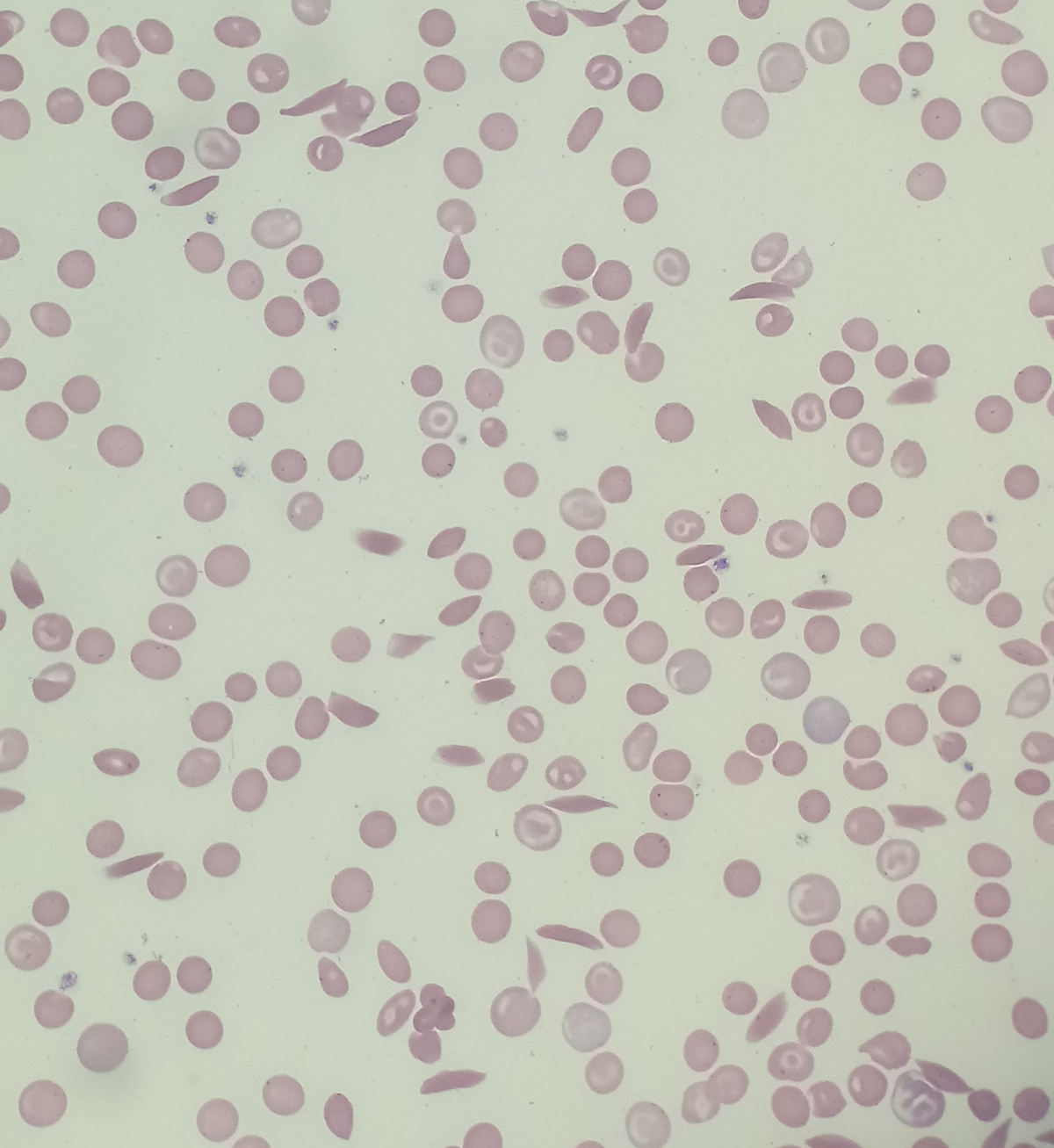
Multiple Myeloma
Multiple myeloma is a malignant tumor which originates from plasma cells. It features with pain due to proliferation of plasma cells in the bones, pneumonia and/or pyelonephritis, renal failure due to hypocalcaemia, anemia and a variety of neurological symptoms.
The diagnosis can be set by a series of blood tests and X-rays which are performed according to the symptoms. Additionally, bone marrow is tested for the presence of myeloma cells.
Treatment for Multiple Myeloma
Even though there is no definitive cure for multiple myeloma there are several treatment modalities which can prolong life spam of the patients and significantly improve their lives. Only patients who are suffering from a stable form of the disease called smoldering multiple myeloma are monitored until the disease starts to progress. After noticeable progression to multiple myeloma these patients also start with specific treatment.
Non-transplant patients are those who are not suitable for transplantation and they are administered chemotherapy. There are several combinations of chemotherapeutics and the doctors decide which of them is going to be applied. The decision is basically made according to the general health of the patient and risk status of the illness.
Some patients are suitable candidates for transplantation. Transplantation can be initial treatment modality or it is performed after other treatment modalities have been tried. In majority of cases prior, the transplantation the patients are administered 4 cycles of chemotherapy. Once again the doctor decides on the particular chemotherapeutic regime. After the patients have finished with the initial chemotherapy stem cells are collected from their bone marrow.
Stem-cell transplant includes transfusion of the patient's own immature blood cells. These immature cells are supposed to replace the diseased cells of the bone marrow. Stem-cell transplantation cannot cure the disease. Still it can significantly prolong the life span of the patients.
In case of the relapse of the disease, which eventually occurs, the patients are either given chemotherapy or secondary stem-cell transplantation is performed. Some patients are included in trials which use novel chemotherapeutic agents.
The disease has certain complications and they are supposed to be brought under control as well. In case of bone fracture the patient requires surgery. Certain medications can prevent further damage of the bones. Treatment for bone pain includes injection of a liquid plastic or inflatable bone tamp into the skeleton. Corticosteroids and radiotherapy can additionally help with compression of the spinal cord. Increased levels of calcium in blood are treated with hydration and corticosteroids.
Apart from the medical care these patients require additional support. It may be obtained from physical training, counseling and physical medicine treatments. All of these may be beneficial and help in battle with the pain.

















Your thoughts on this
Loading...